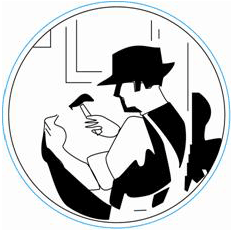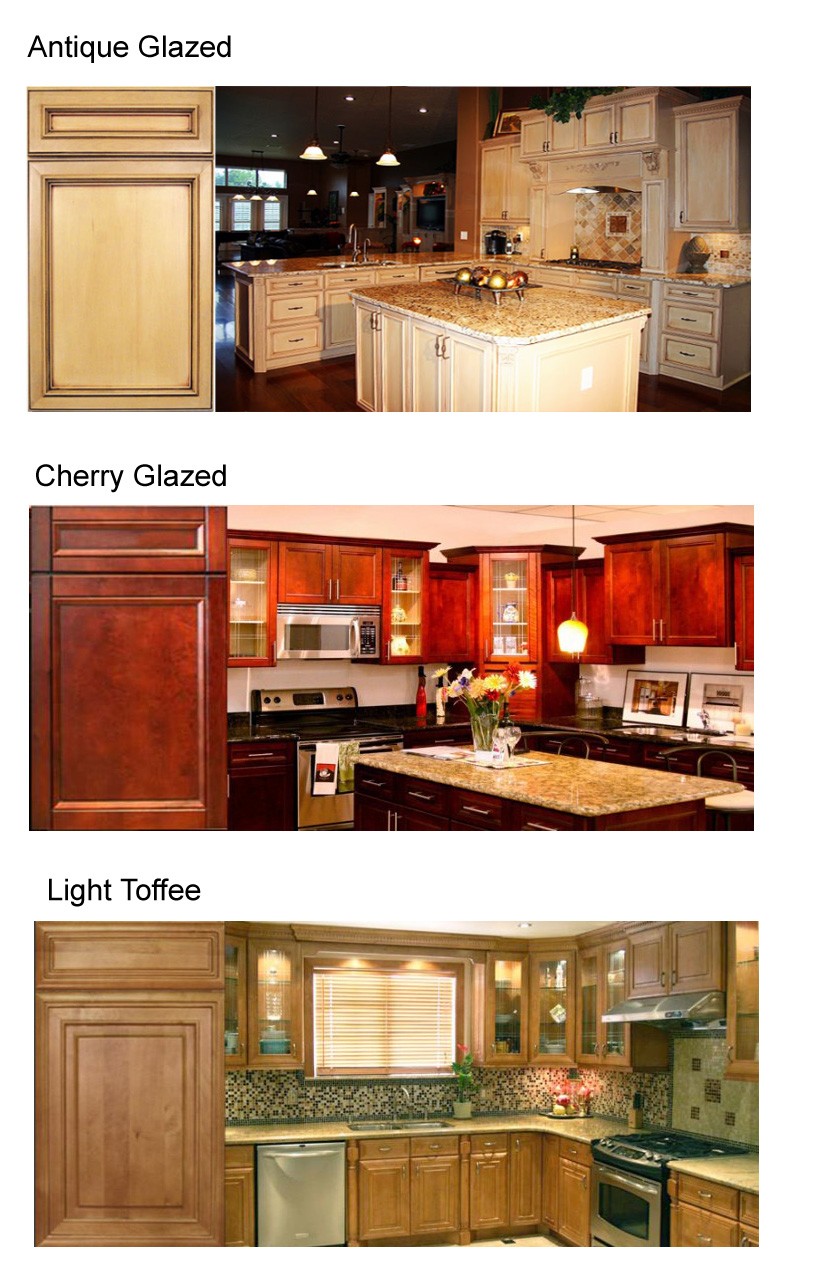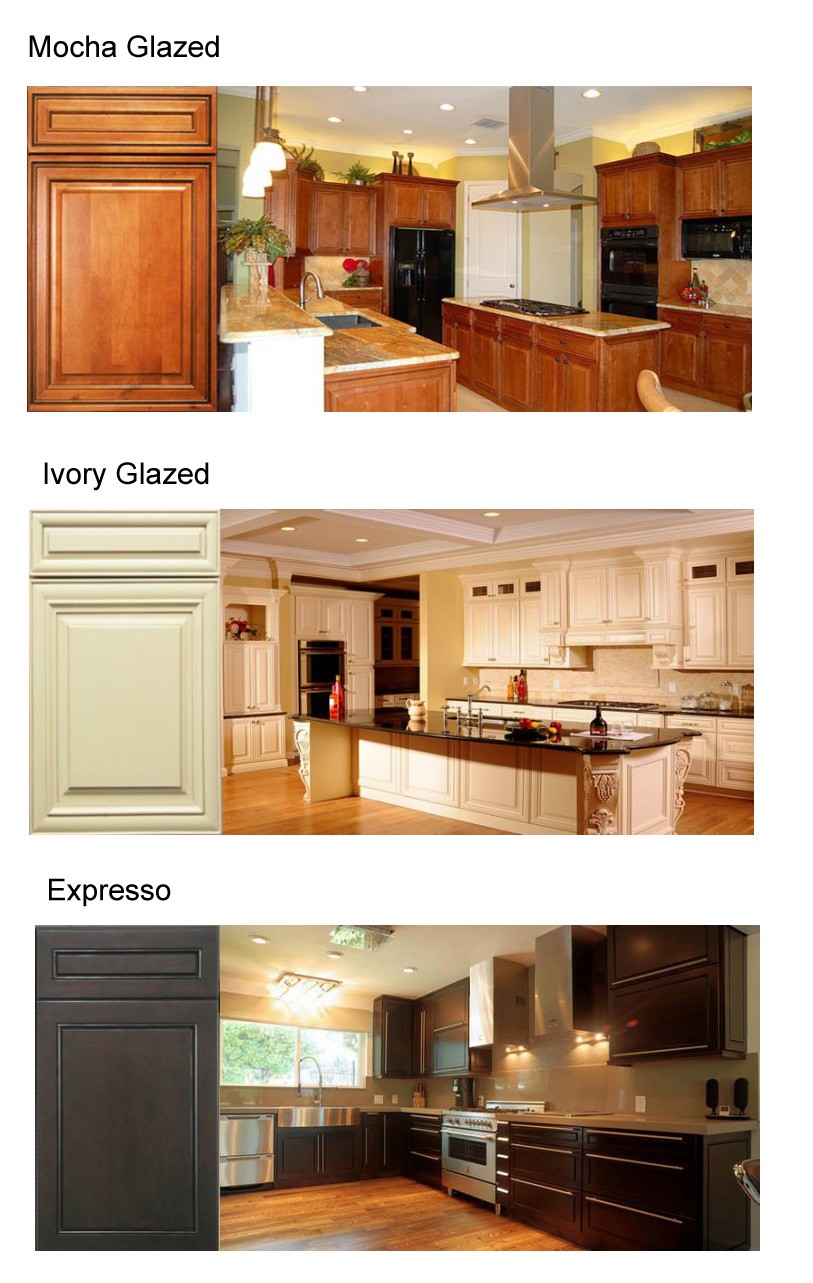Website Designed By
- SERVICES Links -
We'd Love to Hear About your Home and Business Projects!!





Contact us or call to find out how we can help.
JBailey.message@gmail.com
JBailey.message@gmail.com



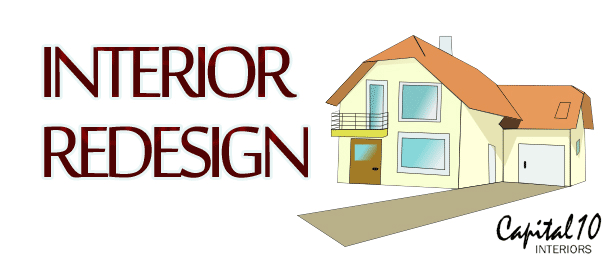




Cabinetry
Types, Refacing & Refinishing
Types, Refacing & Refinishing
ABOUT KITCHENS
ABOUT US
ABOUT DESIGN


KITCHEN LINKS
Choosing Kitchen Cabinets
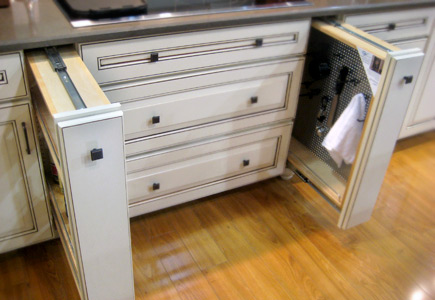
Molding and trim—pieces of cabinetry material that embellish the cabinets' surfaces—primarily serve to enhance the design aesthetic, but sometimes offer structural support.
Cabinet hardware fulfills the essential task of allowing users to open and close doors and drawers, but also add beauty to the cabinetry through shape, color, material and texture.
Cabinet hardware fulfills the essential task of allowing users to open and close doors and drawers, but also add beauty to the cabinetry through shape, color, material and texture.
These pullout base cabinets feature tiered shelves for storing spices (shown at left) and a perforated metal panel with hooks (at right) for hanging up cooking utensils.
Refacing refers to the process of removing your old doors, drawer fronts, and hardware then resurfacing the frames and exposed cabinet ends with hardwood veneer. The veneer is stained and finished to match your new choice of doors, which are then installed to the recently refreshed frames.
Check with your refacer, but you should be able to add molding or valences to further dress up your new cabinetry. While your layout must remain static, some refacers offer you the option of adding new cabinetry or an island to your existing design.
Unsure of whether you need to replace or reface?
Ask yourself the following:
Check with your refacer, but you should be able to add molding or valences to further dress up your new cabinetry. While your layout must remain static, some refacers offer you the option of adding new cabinetry or an island to your existing design.
Unsure of whether you need to replace or reface?
Ask yourself the following:

Chances are your vision of your cabinetry conjures up images of doors and moldings—not of the frame. Refacing offers a speedy way to leave the frame as is but makeover the rest.
If you’re in need of a refreshed kitchen look but are happy with the current layout of your kitchen and your cabinets’ quality, refacing may be just the route to take. Refacing does just that—gives your kitchen a new “face”—while using the same “body,” a method that has the potential to save both time and money.
If you’re in need of a refreshed kitchen look but are happy with the current layout of your kitchen and your cabinets’ quality, refacing may be just the route to take. Refacing does just that—gives your kitchen a new “face”—while using the same “body,” a method that has the potential to save both time and money.
- Are you tired of your kitchen’s current look?
- Do you want a more up-to-date look?
- Does your current kitchen offer adequate storage and countertop space?
- Are your cabinet drawers still in good condition and open easily?
- Have other neighborhood homeowners remodeled their kitchens in the last few years?
- Has the value of your home stopped rising?
- Do you plan to sell your home in the next year?
If you answered yes to the majority of them, refacing may be the right solution for you. Keep in mind the following:
- You can’t change the layout—any current headaches you have from misdirected traffic or bumping elbows won’t disappear.
- Check out the warranty: it generally will cover the new products only, not the new “cabinet.”
- You will be applying veneer to the surface, not solid wood.
- Your cabinets’ interiors will remain the same—be sure you’re currently comfortable with the way they look and the ease of cleaning them.
Refacing Kitchen Cabinets
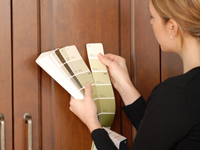
Looking to give your kitchen a new look, but not interested in paying for a whole wall of new cabinetry? Consider refinishing your cabinets. Check out these methods for ideas on how to get started.
Paint— Paint is a great way to hide imperfections on otherwise perfect cabinetry. So long as the innerworkings are functioning well, a fresh look is just a few steps away. While it’s important to speak to your manufacturer or local hardware shop about which specific steps are needed for your cabinets, the following overview should give you a solid idea of the project’s scope.
Paint— Paint is a great way to hide imperfections on otherwise perfect cabinetry. So long as the innerworkings are functioning well, a fresh look is just a few steps away. While it’s important to speak to your manufacturer or local hardware shop about which specific steps are needed for your cabinets, the following overview should give you a solid idea of the project’s scope.
Refinishing Kitchen Cabinetry
After thoroughly cleaning the surface, fill in any scratches or indentations with wood filler. Sand with 180- to 220-grit sandpaper then apply a coat of shellac-based sealer to help the paint adhere.
To add even more interest to your cabinetry, consider a two-tone color scheme (i.e., painting your molding a different shade than the cabinet itself). Decorative painting is also a unique way to liven them up. Consider the following techniques and effects (consult your local hardware store to find the appropriate kind of paint):
Color washing —This painting method produces “floating” color. Though heavier application make it appear less cloudlike, this ambient effect often takes on the look of parchment paper.
Rag rolling — This method produces a rag-like effect, as if moderately-sized patches of paint were applied with a rag.
Sponging— It’s all in the wrists—the effect you’ll get from sponging is largely dependent on the way you apply the paint. A heavy or subtle look can further be achieved by your color choice: contrasting colors pack a punch, while similar shades blend more seamlessly. An easy finish to keep up with, future cabinet dents or scratched can be quickly covered. In terms of application, it’s best to use a natural sea sponge rather than those intended for the kitchen sink!
Stenciling — With roots that reach back to Egyptian times, stenciling is a tried and true way to add visual interest to uninspired cabinets. Be sure to use a pattern.
Stippling — Also known as pouncing, this technique mimics a textured sandy effect. Consider this decorative method for your moulding and trim.
Pickling —Get out of a fashion pickle by pickling your cabinets. A great way to highlight the wood’s natural grain, pickling is best done on open-pored woods like oak and ash, because the majority of the pigment remains in the pores, making the grain more apparent.
Though technically a method, not a finish, semi-transparent white or off-white pickling stains can be purchased. You can also make your own stain; consult your local hardware store for instructions.
Be sure to thoroughly clean the wood before applying any stain. Once the dull task of cleaning is done, the actual pickling method is fairly simple: Apply an even coat to a manageable area. Don’t fuss too much over a perfect application—apparent brush strokes won’t be a problem. Allow the stain to sit for approximately 10 minutes to permeate the wood. Using a folded wiping cloth, remove the stain in long soft strokes until you achieve your desired look. If the surface isn’t dark enough for your tastes, repeat the process. Finish with two coats of satin or flat water-based topcoat finish to protect the pickling.
To add even more interest to your cabinetry, consider a two-tone color scheme (i.e., painting your molding a different shade than the cabinet itself). Decorative painting is also a unique way to liven them up. Consider the following techniques and effects (consult your local hardware store to find the appropriate kind of paint):
Color washing —This painting method produces “floating” color. Though heavier application make it appear less cloudlike, this ambient effect often takes on the look of parchment paper.
Rag rolling — This method produces a rag-like effect, as if moderately-sized patches of paint were applied with a rag.
Sponging— It’s all in the wrists—the effect you’ll get from sponging is largely dependent on the way you apply the paint. A heavy or subtle look can further be achieved by your color choice: contrasting colors pack a punch, while similar shades blend more seamlessly. An easy finish to keep up with, future cabinet dents or scratched can be quickly covered. In terms of application, it’s best to use a natural sea sponge rather than those intended for the kitchen sink!
Stenciling — With roots that reach back to Egyptian times, stenciling is a tried and true way to add visual interest to uninspired cabinets. Be sure to use a pattern.
Stippling — Also known as pouncing, this technique mimics a textured sandy effect. Consider this decorative method for your moulding and trim.
Pickling —Get out of a fashion pickle by pickling your cabinets. A great way to highlight the wood’s natural grain, pickling is best done on open-pored woods like oak and ash, because the majority of the pigment remains in the pores, making the grain more apparent.
Though technically a method, not a finish, semi-transparent white or off-white pickling stains can be purchased. You can also make your own stain; consult your local hardware store for instructions.
Be sure to thoroughly clean the wood before applying any stain. Once the dull task of cleaning is done, the actual pickling method is fairly simple: Apply an even coat to a manageable area. Don’t fuss too much over a perfect application—apparent brush strokes won’t be a problem. Allow the stain to sit for approximately 10 minutes to permeate the wood. Using a folded wiping cloth, remove the stain in long soft strokes until you achieve your desired look. If the surface isn’t dark enough for your tastes, repeat the process. Finish with two coats of satin or flat water-based topcoat finish to protect the pickling.
When choosing kitchen cabinets for a new home or remodeling project, we recommend that you start with cabinet type. While the colors, doors and materials will drive the kitchen's style, the type of cabinetry will determine not only the budget but also how well your space is used.
First decision: custom cabinets or stock, semi-custom, Typically, stock cabinets offer the fewest options at the lowest prices in the shortest amount of time, with custom cabinets at the opposite end of the spectrum and semi-custom cabinets falling in the middle.
First decision: custom cabinets or stock, semi-custom, Typically, stock cabinets offer the fewest options at the lowest prices in the shortest amount of time, with custom cabinets at the opposite end of the spectrum and semi-custom cabinets falling in the middle.
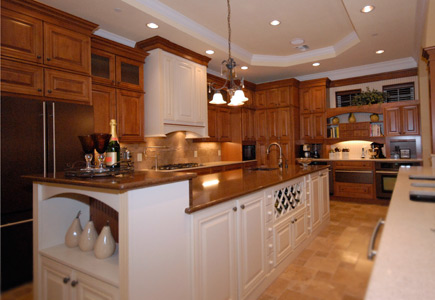
Over the last decade or so, however, the style and accessory options offered by stock and semi-custom cabinet lines have expanded to the point where it's possible to achieve an attractive, personalized kitchen in any of the three choices.
And if the cabinet finish or doors have to match a piece of heirloom furniture, you'll need custom cabinetry. (For more information, watch our video explaining the differences.)
Second decision: framed or frameless cabinets. Looks-wise, framed or face-frame cabinetry is more traditional than frameless. Frameless cabinets have the advantage of more interior storage space, but the disadvantage of being more difficult, and therefore more expensive, to install.
And if the cabinet finish or doors have to match a piece of heirloom furniture, you'll need custom cabinetry. (For more information, watch our video explaining the differences.)
Second decision: framed or frameless cabinets. Looks-wise, framed or face-frame cabinetry is more traditional than frameless. Frameless cabinets have the advantage of more interior storage space, but the disadvantage of being more difficult, and therefore more expensive, to install.
Choosing Kitchen Cabinetry
Accessories Options & Storage Solutions
You're not done choosing your cabinetry until you've examined the accessory options. Kitchen cabinet accessories fall into three categories: useful, decorative, and both of the above.
Pullouts, spice racks, lazy Susans and other organizational items that enhance kitchen storage certainly make your kitchen look more orderly, but usually stay hidden behind cabinet doors. You can choose chrome or wood instead of plastic, but that's it.
Door inserts, on the other hand, serve only to dress up cabinet doors and add to your kitchen's style. Inserts can be made from glass, wire, metal and laminate in an infininate number of colors and patterns.
Pullouts, spice racks, lazy Susans and other organizational items that enhance kitchen storage certainly make your kitchen look more orderly, but usually stay hidden behind cabinet doors. You can choose chrome or wood instead of plastic, but that's it.
Door inserts, on the other hand, serve only to dress up cabinet doors and add to your kitchen's style. Inserts can be made from glass, wire, metal and laminate in an infininate number of colors and patterns.
